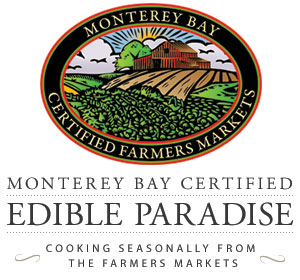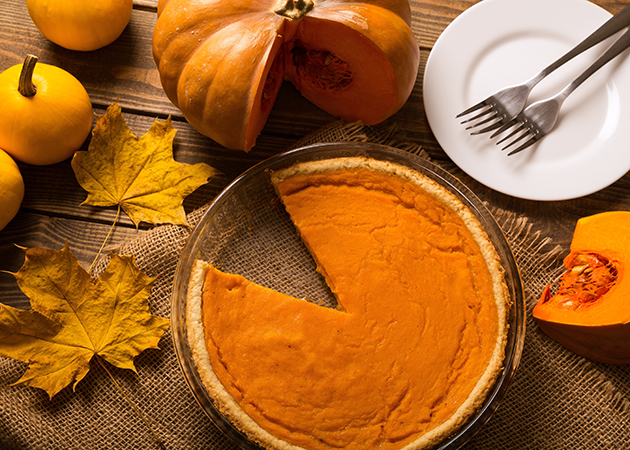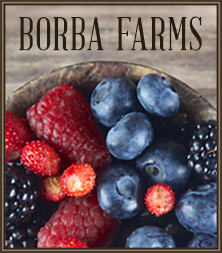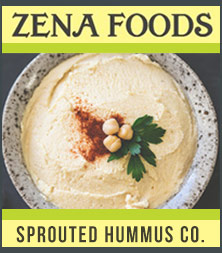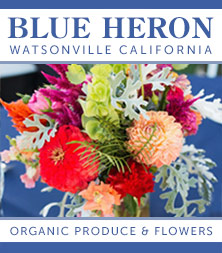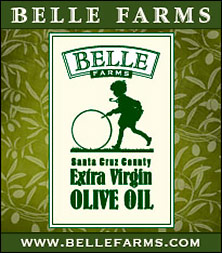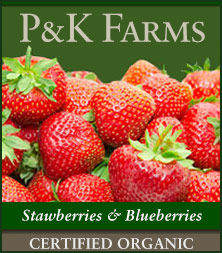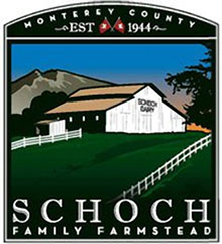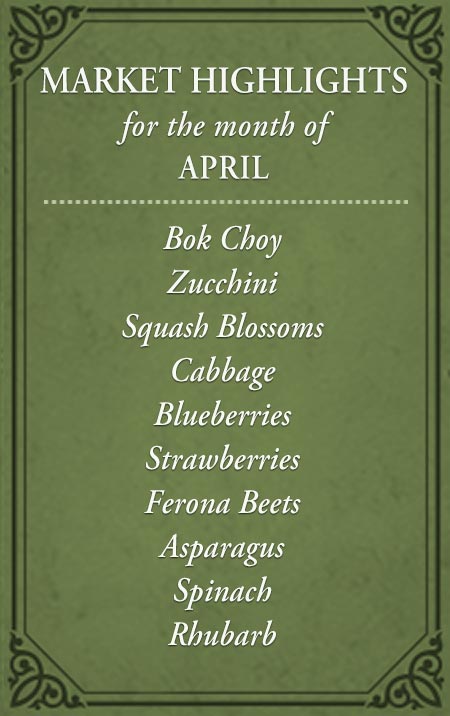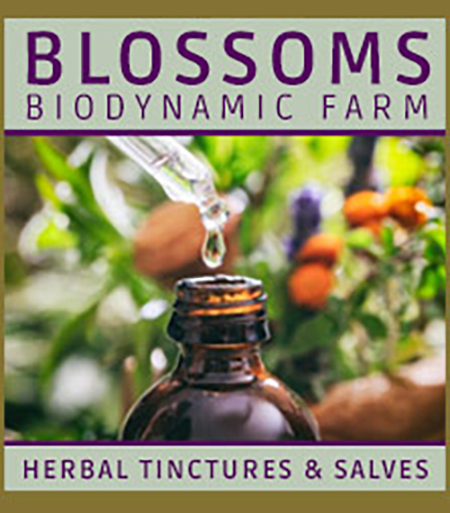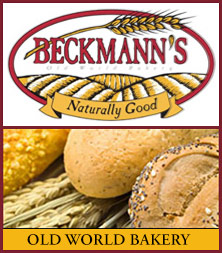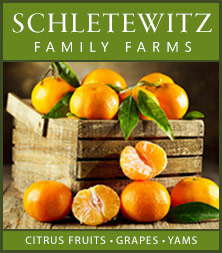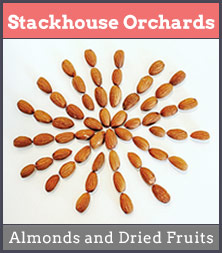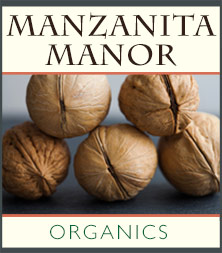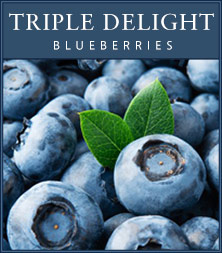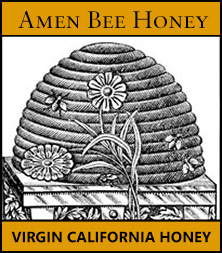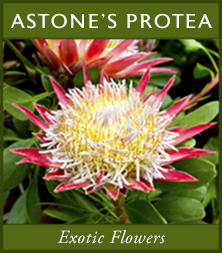Instead of reaching for a can of pumpkin purée this holiday season, why not make your own luscious filling from locally grown pumpkins and winter squash? There’s nothing quite like the flavor of fresh, roasted squash — it connects you to the season and brings out rich, earthy sweetness that no can could ever match.
But here’s the real question: which pumpkins are best for pie?
Not All Pumpkins Are Created Equal
Pumpkins are a type of squash — but not all squash are pumpkins, and not every pumpkin makes a great pie. To understand what’s what, it helps to know a little about the Cucurbitaceae family — the group that includes pumpkins, squash, and gourds.
Within this family, pumpkins fall into three main species: Cucurbita pepo, C. maxima, and C. moschata. Each has its own traits and texture.
-
C. pepo: The classic bright-orange Halloween pumpkin. Iconic, yes — but usually watery and stringy. Great for carving, not baking. This group also includes gourds and many summer squashes.
-
C. maxima: Think of these as the “pumpkin-squash” types. Less orange, often smooth-skinned, with dense, sweet flesh that’s perfect for pies. Familiar varieties include Hubbard, kabocha, buttercup, and turban squash.
-
C. moschata: Recognizable by their tan or buff skins and elongated shapes — like butternut and crookneck. These are the backbone of commercial canned pumpkin. Their flesh is dense, creamy, and naturally sweet.
Fun fact: that “pumpkin” in most canned pie filling isn’t really pumpkin at all — it’s made from specially bred C. moschata squashes chosen for their rich flavor and silky texture.
So, “Squash Pie”? Absolutely!
Sure, pumpkin pie sounds more festive than squash pie — but the truth is, many squashes make far better pie filling than your standard carving pumpkin. Libby’s, the famous canned pumpkin brand, even developed its own special variety, the Dickinson squash, specifically for pie production.
You don’t need to be a factory to enjoy the same results. Our local farmers markets are bursting with beautiful, pie-worthy pumpkins and squash varieties this time of year. Here are some of the best picks for baking:
- Sugar Baby (or Sugar Pie) Pumpkin
The classic pie pumpkin! Small (4–8 pounds), thin-skinned, and easy to work with. The flesh is dense, sweet, and smooth — exactly what you want for a perfectly textured pie filling. - Rouge Vif d’Etampes (Cinderella Pumpkin)
A French heirloom that looks straight out of a fairy tale. Its deep orange-red skin and velvety flesh make it ideal for soups, stews, and, yes, dreamy pumpkin pies. - Winter Luxury Pumpkin
A true baker’s favorite with delicate, netted skin and ultra-smooth flesh. Its flavor is rich and sweet — often rated a perfect “5 out of 5” by pie aficionados. - Pink Banana Squash
Hard to miss (and hard to cut!), this large squash is often sold in chunks at the market. Its fine-grained, sweet flesh makes exceptional pie filling once roasted. - Dickinson Squash
The secret behind Libby’s canned pumpkin. These tan, oblong squashes can grow up to 40 pounds and yield dense, dry, flavorful flesh perfect for canning or baking.
Homemade vs. Canned: Which Wins?
There’s no denying that canned pumpkin is convenient — consistent texture, ready to use, no mess. Most recipes are designed with canned purée in mind, so swapping in fresh squash can require a little experimentation.
When working with fresh purée:
- Drain excess moisture if your squash is watery.
- Taste before sweetening — different varieties vary in sugar content.
- Test a small batch before the big feast to fine-tune the flavor and texture.
The payoff? Homemade purée delivers deeper, brighter flavor and a truly local connection to the season. Keep notes on which varieties you try — you may discover your own signature blend.
The Takeaway
Canned pumpkin is easy, but making your own filling from market-fresh squash brings a whole new dimension to your baking. Whether it’s a Sugar Baby Pumpkin from your favorite farmer, a velvety Winter Luxury, or even a Pink Banana Squash, the result will be uniquely yours — a pie that celebrates the harvest and the hands that grew it.
After all, that’s what the holidays are really about — sharing something homemade, heartfelt, and unforgettable.
RECIPES: Find pumpkin recipes here!
